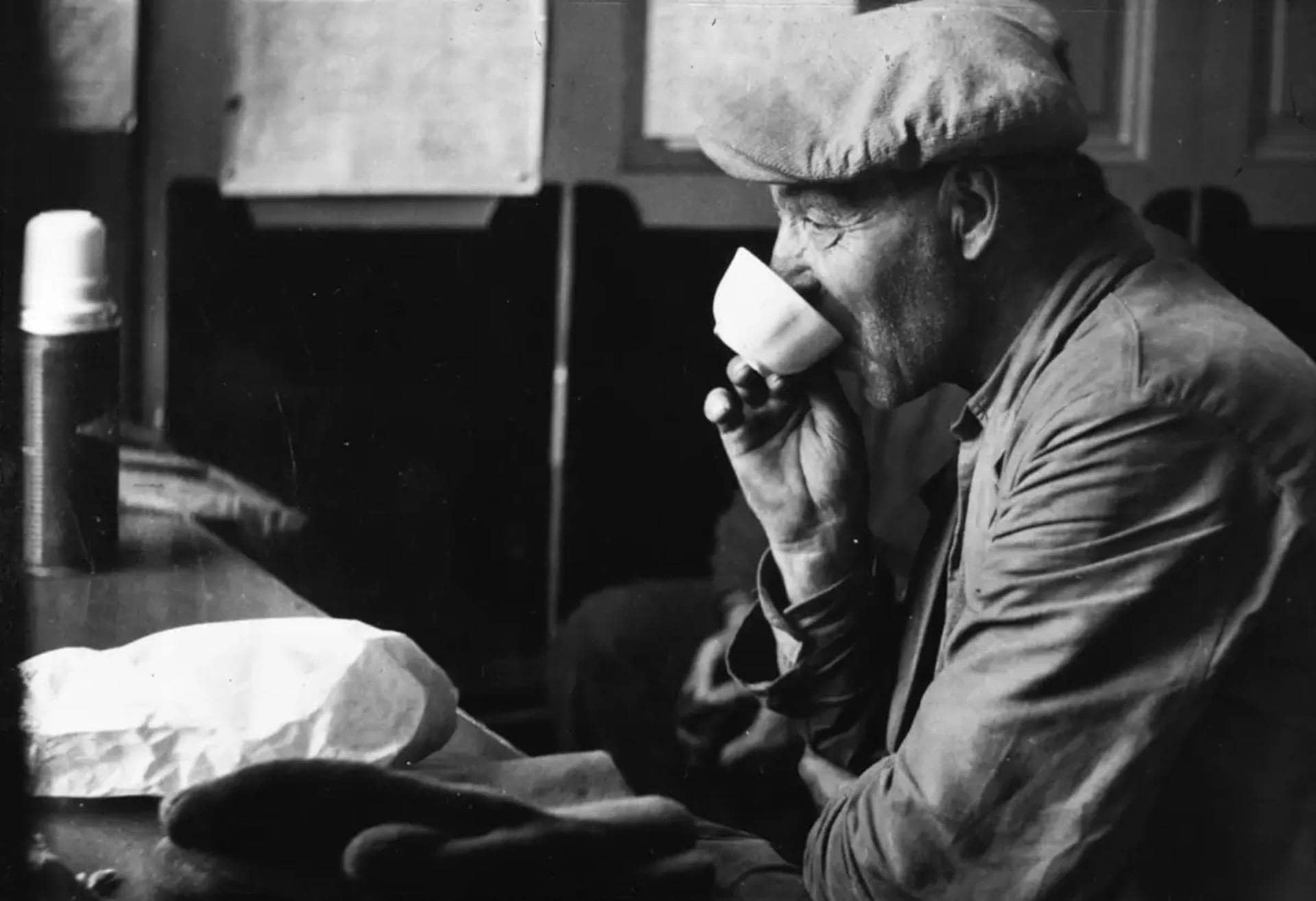The story takes you back to a time when coffee was an exotic and unknown drink in Sweden. We explore how this dark, aromatic brew first arrived here, how it was met with both fascination and suspicion, and how it eventually became an integral part of the culture. Join us as we unravel the story of coffee's arrival in Sweden-a tale of curiosity, resistance, and an irresistible aroma.
Swedish coffee history
Coffee's journey to Sweden spans several centuries. Although the exact year is difficult to pinpoint, it is usually said that coffee came to Sweden in the late 17th century. It was a time of great change and increased trade with distant countries, opening the door to new and exciting products.
The first traces of coffee in Sweden are found in the upper echelons of society. It was mainly the nobility and wealthy merchants who could afford to import and sample this exotic drink. Coffee arrived via trade routes from the Middle East and Europe where it was already popular.
Curiosity, resistance & suspicion
In the beginning, many people viewed coffee with suspicion and considered it a dangerous, harmful drink. Doctors warned of alleged negative health effects, and priests preached against its use because they considered it a luxury item that distracted from the spiritual life. Rumors spread that coffee could cause sterility and other diseases.
Despite the resistance, there were those who were attracted by the taste of coffee. Those who tried it described it as stimulating and invigorating. Coffee became a symbol of status and wealth, and was served at gatherings and parties.
The spread of coffee in Sweden
During the 18th century, coffee spread to wider social circles. Coffee houses opened in towns and cities, and more people had the opportunity to taste the drink. Coffee houses became social meeting places where people discussed politics, business and other issues.
Prohibition of coffee in the 18th century
The popularity of coffee met with resistance from the state. During the 18th century, the state imposed several bans on coffee to reduce imports and favor domestic products. Many considered coffee an unnecessary luxury good that drained the economy.
Despite the bans, coffee remained popular and was smuggled in large quantities. The bans were difficult to enforce and led to increased smuggling and illegal trade. In the late 18th and early 19th centuries, the bans were gradually lifted. More and more people accepted coffee as part of Swedish culture.
In the 19th century, coffee became available to all classes of society. Prices fell, and more people could afford to buy coffee. Coffee became an important part of everyday life, both at home and at work.
Coffee is an important part of the coffee tradition
Coffee became an important part of the Swedish coffee tradition. FikaA break for coffee and something sweet became a social activity. Fikan is still central to Swedish culture and provides an opportunity to socialize with friends and colleagues.
Sweden is today one of the countries that consumes most coffee per capita. Coffee is an integral part of culture and is drunk by people of all ages and social classes. From its first suspicious introduction to today's widespread consumption, coffee has made a long journey in Sweden.
Final words: Coffee's journey to Sweden
Coffee's Journey to Sweden shows how an exotic drink, despite resistance and prohibition, became part of our everyday lives. It is a story of curiosity, social encounters and an aroma that has shaped Swedish culture. Next time you drink coffee, think about the long journey the coffee bean has made to become part of our lives.
Want to learn more about Swedish coffee culture and the role of coffee in our society? Discover what fika really is, find out how much coffee Swedes actually drink or be inspired by The 2025 pocket calendar.



